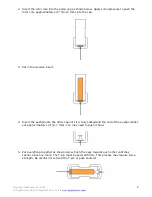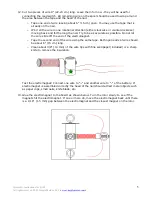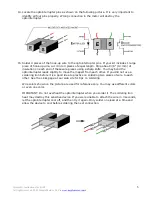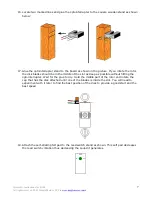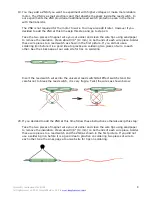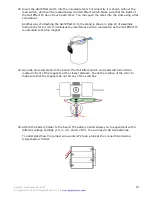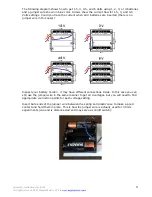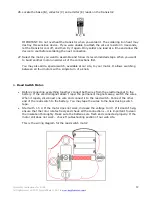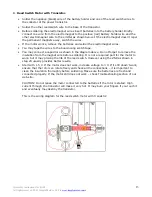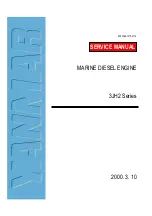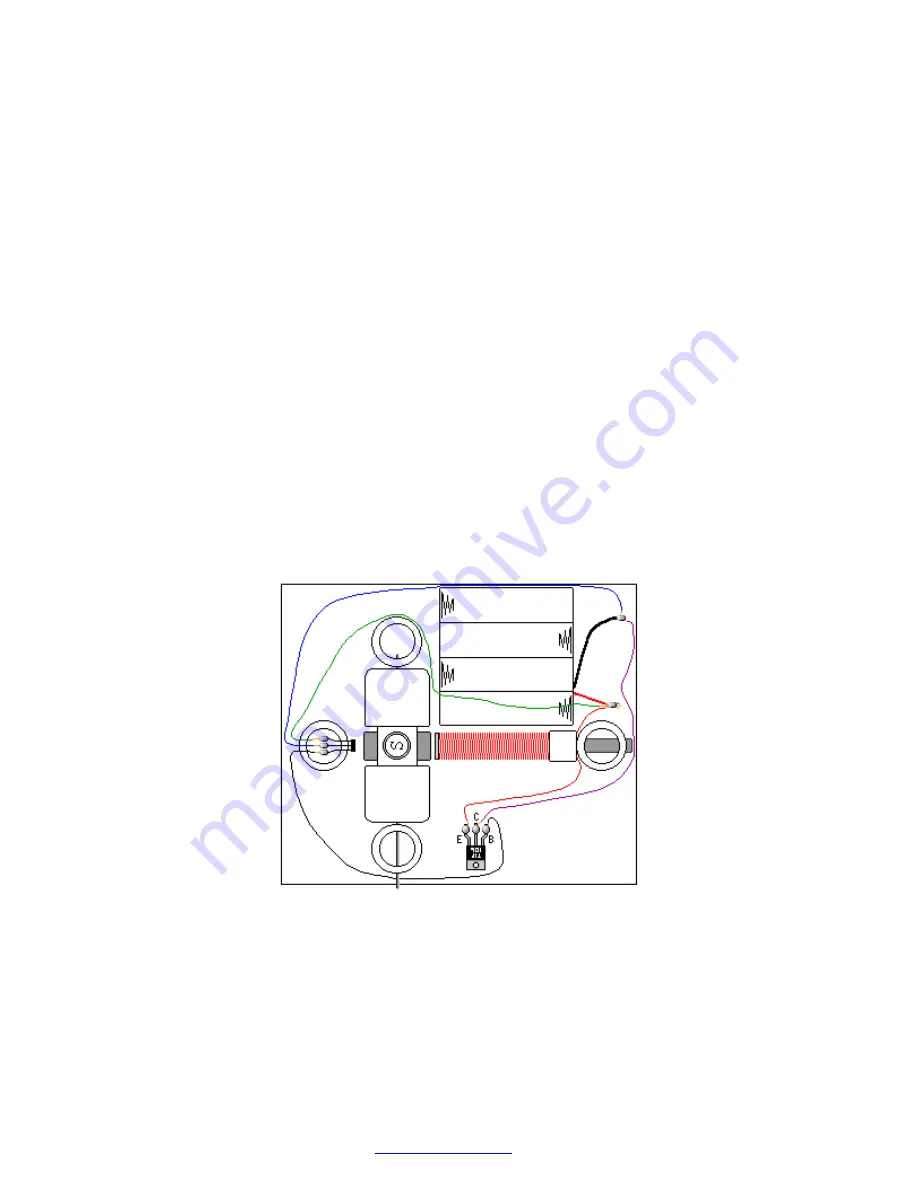
Assembly instructions for kit #8
All rights reserved. 2001 Simple Motors, LLC
♦
♦
14
C. Motor on a Hall Effect Switch.
•
Solder one end of the remaining piece of hook-up wire to the collector of the transistor.
•
Solder the other end of that wire, the negative (black) wire of the battery holder, and the
wire that is connected to "ground" lead of the Hall Effect switch together. It is easier to
solder this connection if you twist the wires together first.
•
Solder the wire from the "output" lead of the Hall Effect switch to the base of the transistor.
•
Solder the "supply" lead from the Hall Effect switch to the positive (red) battery holder wire.
•
Before soldering the electromagnet wires insert the batteries into the battery holder. Briefly
connect one of the electromagnet wires to the positive (red) battery holder wire and the
other electromagnet wire to the emitter as shown below. If the electromagnet doesn’t repel
the permanent magnets away, switch the wires.
•
If the motor works, remove the batteries and solder these wires.
•
You may tape the wires to the board using scotch tape.
•
Start with 3 V. If the motor does not work, increase voltage to 4.5 V. If it doesn’t help,
ensure that the rotor rotates freely and check all the connections – it is important to clean
the insulation thoroughly before soldering. Make sure the batteries are fresh and connected
properly. If the motor still does not work – check Troubleshooting section of our web site.
CAUTION: Do not leave the motor connected to the batteries if the rotor is stalled. High
current through the transistor will make it very hot. It may burn your fingers if you touch it
and eventually may destroy the transistor.
This is the wiring diagram for the motor on a Hall Effect switch:


